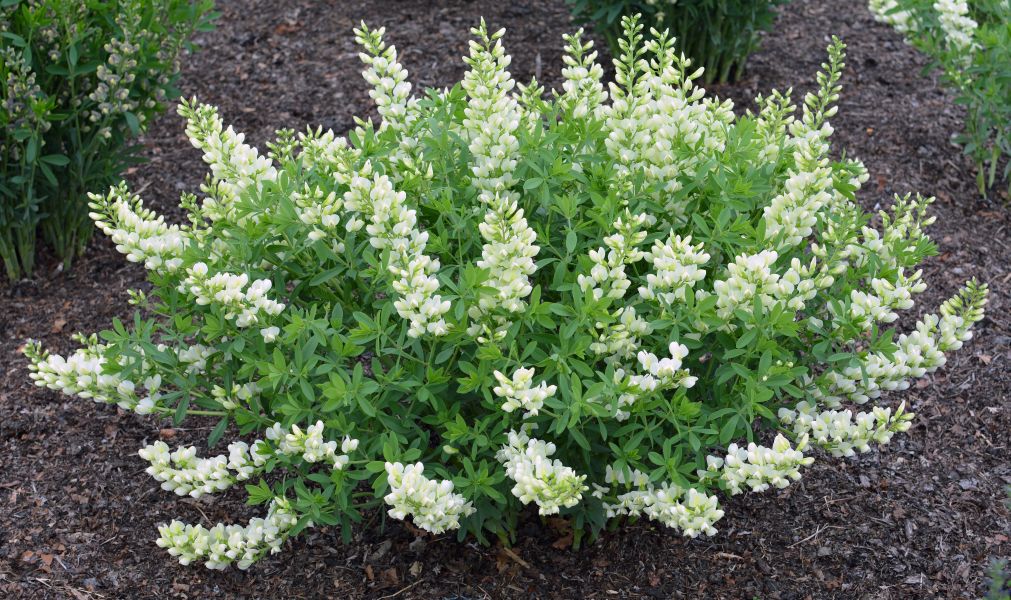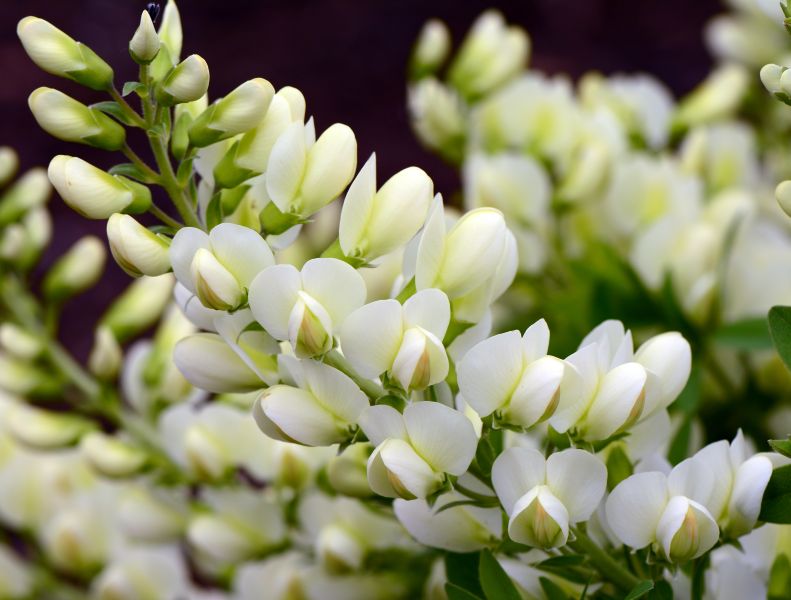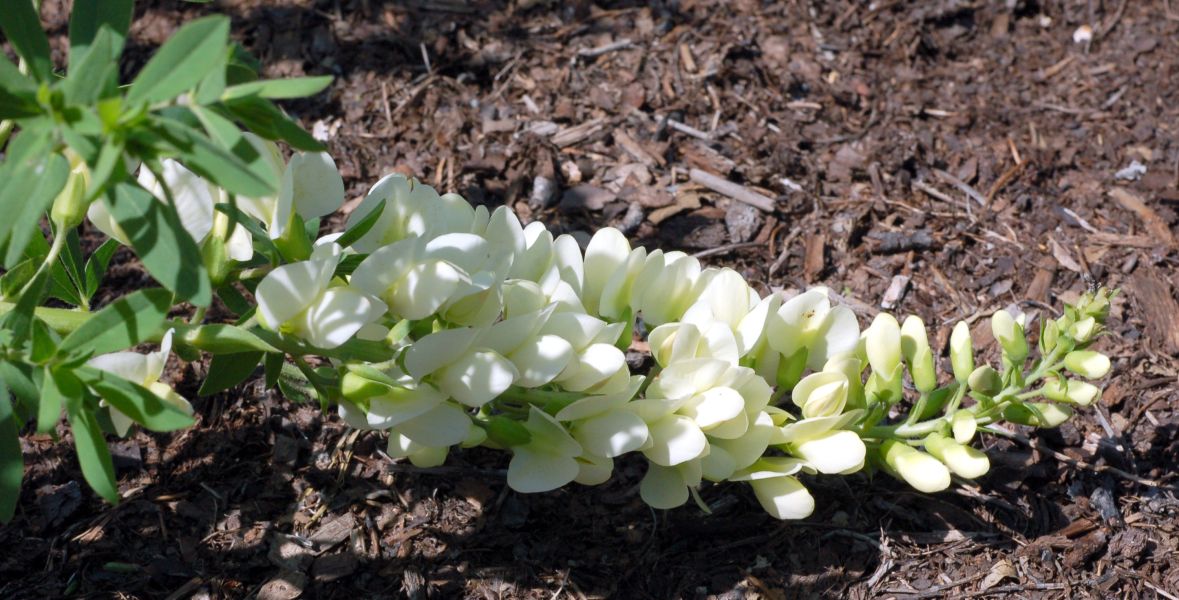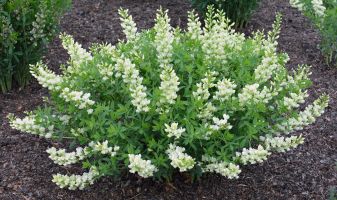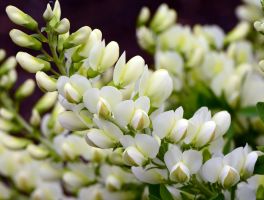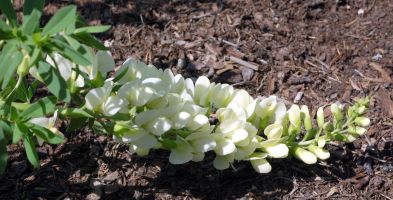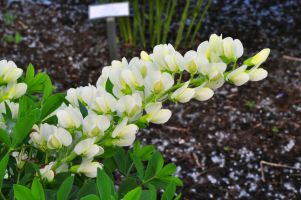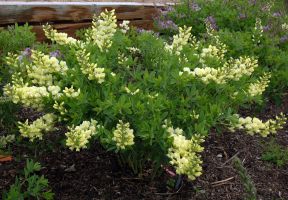Baptisia Spilled Buttermilk
Super early to bloom and a wider than tall habit.
Baptisia bracteata is unique for its early bloom and horizontal inflorescences, but it can be more difficult to cultivate than some false indigos. ‘Spilled Buttermilk’ was developed to give the same appearance but with more vigor and ease of propagation. Its light lemon-yellow flowers are produced for three weeks on horizontally borne inflorescences commencing in early May (USDA Zone 5). Plants are more compact and produce fewer stems than most other false indigos. Like B. bracteata, this selection may go dormant by August, so plant ‘Spilled Buttermilk’ where its disappearance in the garden can be masked. Best grown in well-drained soils. A B. australis × B. bracteata hybrid backcrossed to B. bracteata.
Who Am I?
-
Common Name:Spilled Buttermilk false indigo
-
Botanical Name:Baptisia 'Spilled Buttermilk' PP26319
-
Type:Perennial
-
U.S. Native:YES
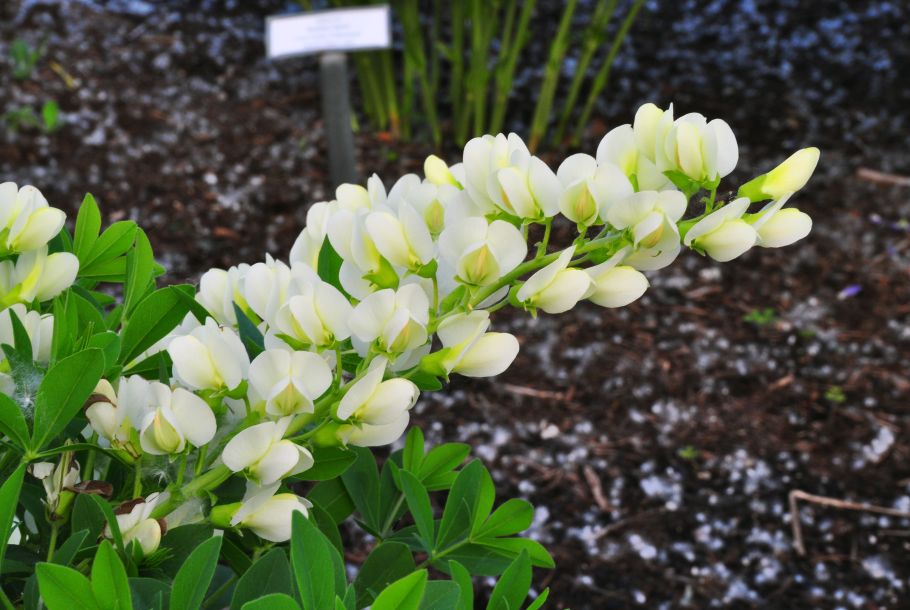
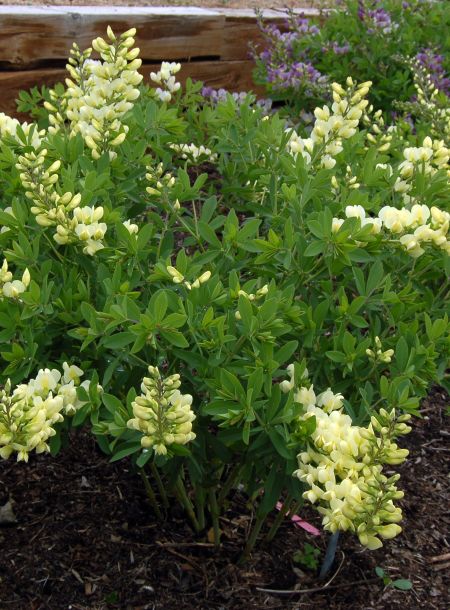
Cultural Details
TYPE
U.S. NATIVE
-
Light:Full sun
-
Soil:Moist, but well-drained, fairly adaptable to many soils
-
Moisture:Drought tolerant once established
-
Hardiness Zone4-9
-
Bloom Time:Summer
-
Bloom Color:Creamy yellow
-
Fruit TimeFall
-
Fruit ColorGray
-
Size:23" tall by 3' wide
-
Diseases & Pests:False indigos exhibit good to excellent disease resistance. A seed weevil will predate the seed, but this does not detract from either plant health or display value. The genista broom moth caterpillar (Uresiphita reversalis) can seriously defoliate plants of Baptisia, but this tends to be more of a problem in warmer climes.
What Makes Me Special?
Landscape Use
Origin
The Prairieblues™ false indigos were developed by Jim Ault, Ph.D., at the Chicago Botanic Garden from crosses made between 1999 and 2004. The selections were developed from crossing Baptisia albescens (formerly B. alba), B. australis var. australis, B. australis var. minor, B. bracteata (formerly B. leucophaea), B. sphaerocarpa, and B. tinctoria in various c ombinations. All parent plants and selections were grown in-ground at the Chicago Botanic Garden (USDA Zone 5b) during the breeding and selection process.
